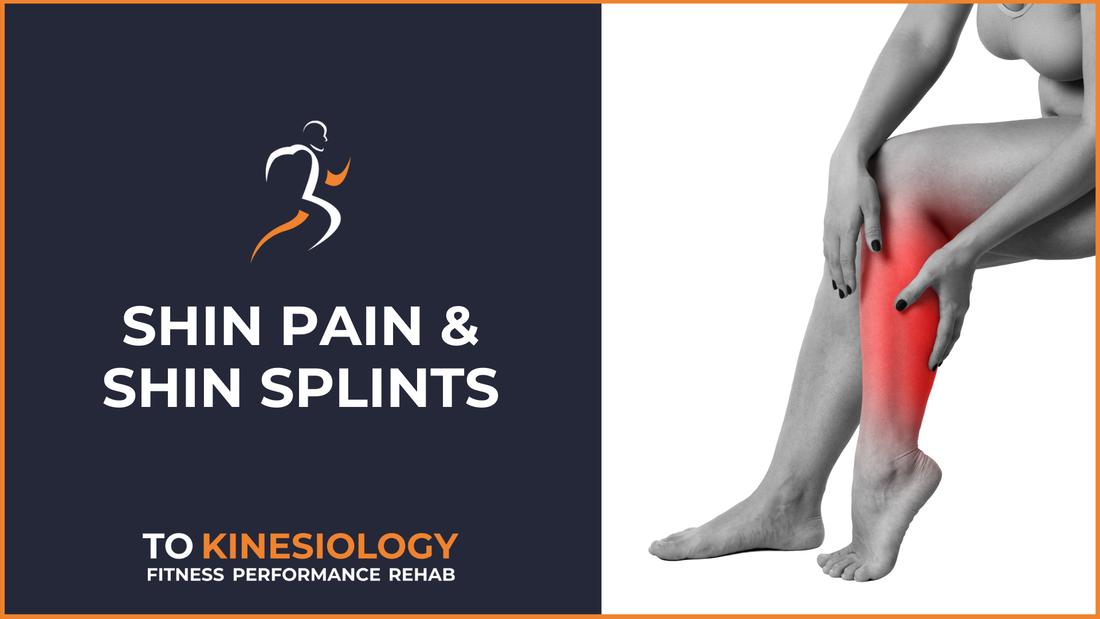- Home
- About
-
Pricing/Services
- FITNESS STUDIO/CLINIC PERSONAL TRAINING
- Mobile & In-home Kinesiology & Personal Training
- Reformer pilates in Toronto
- Physiotherapy
- Online Personal Training and Kinesiology >
- 3D Body Mapping
- InBody Test
- Ultrasound Body Composition Assessment
- Metabolism test - Toronto
- V02 Max and Metabolism testing - Toronto
- Medical Fitness Testing
- Spirometry (lung function)
- Rent gym in Toronto
- Fitness classes
- Corporate wellness and fitness in Toronto
- Client Reviews
- Blog
- Members
- Contact
AboutProfessional personal training by kinesiologists in Toronto specializing in joint/muscle issues and medical conditions. We'll help you reach your health and fitness goals while managing your condition to move, feel and perform at your best. Private studio, in-home/mobile and online coaching options available. Aside from quality and reliable service from trusted health professionals, working with kinesiologists in Ontario means you might be eligible for a full or partial refund on our services.
|
|
@2024 TO KINESIOLOGY INC. ALL RIGHTS RESERVED
115 WOLSELEY STREET, M6J 1K1, TORONTO, ON
115 WOLSELEY STREET, M6J 1K1, TORONTO, ON

